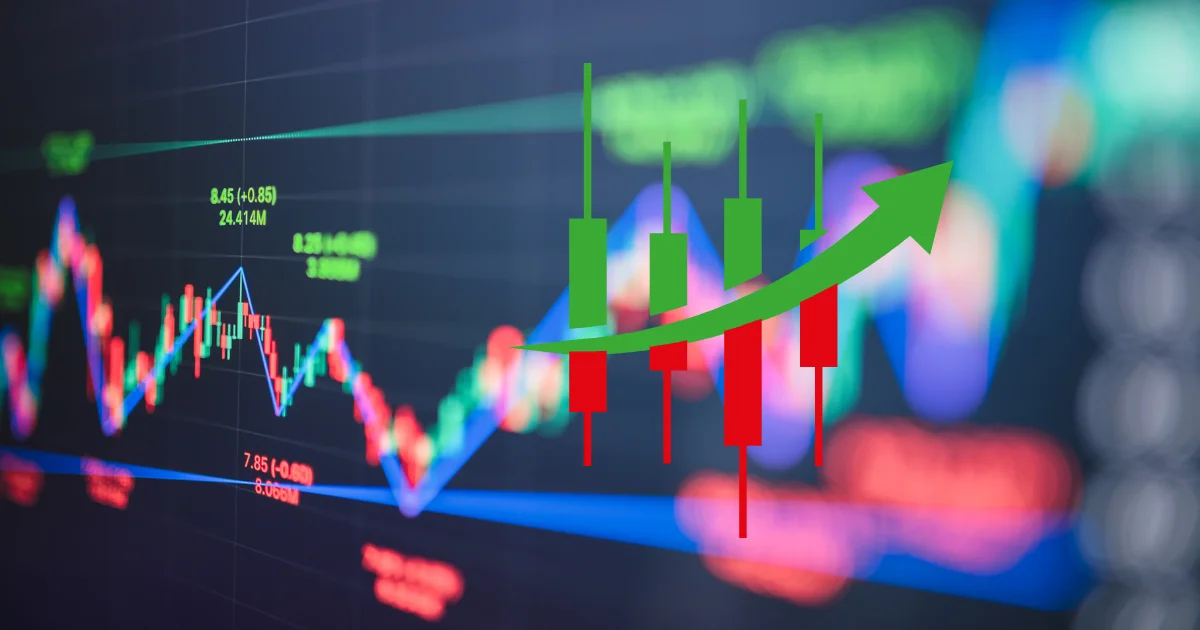Understanding Crypto and Trading
The world of finance has changed because of cryptocurrency and trade. As blockchain technology has grown, digital currencies like Bitcoin and Ethereum have become well-known. When you trade crypto, you either use a trading account to guess how the price of a cryptocurrency will fluctuate or you purchase and sell the coins itself on an exchange.
The trip started in 2009 when Bitcoin was made. Since then, thousands of cryptocurrencies have come out, and crypto trading has become a complex system with billions of dollars traded every day.
How Cryptocurrency Trading Works
When you trade crypto, you buy low and sell high. But it’s not that easy. There are two primary kinds of markets:
Spot Trading: You buy and trade bitcoins right away.
Derivatives trading is when traders bet on the price of an item without really owning it. This includes futures, options, and perpetual contracts.
Exchanges that are centralized vs. decentralized
Centralized exchanges (CEXs), such as Binance and Coinbase, make things easier and provide you more options.
Uniswap and PancakeSwap are examples of decentralized exchanges (DEXs) that let people trade with each other without a central authority.
Major Types of Crypto Assets
Bitcoin (BTC) is the first and most precious cryptocurrency.
Ethereum (ETH): Known for its ability to make smart contracts.
Altcoins are coins like Solana, Cardano, and Polkadot.
Stablecoins are pegged to fiat currencies to make them less volatile. Examples include USDT and USDC.
Crypto Wallets and Security
It is very important to keep your digital assets safe:
Hot Wallets: They are connected to the internet, simple to get to, but they are less safe.
Cold wallets are basically hardware wallets that store your coins offline. They are great for people who want to hang onto their coins for a long time.
Do not give out your secret keys. Back up your wallet often and use two-factor authentication.
Choosing a Crypto Trading Platform
Think about the following while picking a platform:
Safety and Reputation
Fees for Trading
Coins that are supported
Help for customers
User Interface
In 2025, the best exchanges will be Binance, Kraken, Coinbase, Bybit, and OKX.
Top Trading Strategies
HODLing means buying and holding for a long time.
Day trading means making a lot of deals every day to take advantage of price changes.
Swing Trading: Holding for days or weeks based on trends.
Fundamental vs. Technical Analysis
Technical Analysis: Uses patterns and indications on charts.
Fundamental Analysis: Looks at the project’s worth, the team, and the news.
Tools and Indicators for Traders
Some well-known technical indications are:
The Relative Strength Index (RSI)
Moving Average Convergence Divergence (MACD)
Retracement of Fibonacci
Bands of Bollinger
AI-powered trading bots are also becoming more popular for automating deals.
Risk Management in Crypto Trading
To stay alive, you need to manage risk:
Set levels for stop-loss and take-profit.
You should only put money into things you can afford to lose.
Spread your investments across multiple sectors and assets.
Legal and Tax Implications
Rules are different in each country. Some countries are okay with crypto, whereas others don’t allow it or limit it. Most governments now compel people to record their capital gains on their taxes.
Always keep track of:
Dates for buying and selling
Cost
Addresses for wallets
IDs for transactions
The Future of Crypto Trading
There are good signs for the future, like:
Web3 and decentralized finance (DeFi)
Combining with AI and machine learning
Tokenizing real-world assets
Interoperability across chains
Experts say that institutions and retail traders would use it considerably more by 2030.
Success Stories in Crypto
Many people have made a lot of money by investing tiny amounts. For instance:
A person who acquired 1,000 BTC for $100 in the early days of Bitcoin is today a millionaire.
People who learned how to use leverage on sites like BitMEX turned $500 into $50,000.
But keep in mind that high risks come with high returns.
Common Mistakes to Avoid
Too much leverage
Not doing your own research (DYOR)
Not paying attention to market trends
Not protecting your assets
Don’t let FOMO (Fear of Missing Out) or FUD (Fear, Uncertainty, Doubt) get to you.
Crypto Communities and Learning Resources
Stay in touch and up to date:
Coin Bureau, Benjamin Cowen, and DataDash on YouTube
Online courses: Coursera, Udemy, and Investopedia
Reddit: r/cryptocurrency and r/ethtrader
Discord and Twitter/X Spaces: Talk about things and get market information in real time
Starting Your Crypto Journey
Start out small:
Pick an exchange you can trust, like Binance.
Make your wallet and keep it safe.
Get your first cryptocurrency, like Bitcoin.
To practice, sign up for demo trading platforms.
Look at the markets and keep track of how you’re doing.
Conclusion
Crypto and trade can help you become financially free, but you need to know a lot about them, be disciplined, and keep studying. If you want to be ahead in 2025 and beyond, you need to stay up to date, use the correct tools, and manage your risk, no matter how long you’ve been trading.
Frequently Asked Questions about
1. What is the greatest cryptocurrency to buy in 2025?
Bitcoin and Ethereum are still the best options because they are widely used and being developed.
2. Is trading in crypto legal?
Yes, in most places. But you should always verify your local regulations and taxes.
3. How much money do I need to start investing in cryptocurrencies?
You can start with as little as $10, but for a real experience, you should start with at least $100 to $500.
4. Are trading bots for cryptocurrency safe?
If you utilize them on trusted platforms, they can be. But you should always keep an eye on them and stay away from scammers.

Business Consultant | Web designer & Developer | Social media Manager | SEO | Passionate Learner, I am deeply passionate about learning and continuously improving my skills.
My interests are diverse, ranging from music and singing to computers and programming languages, digital art, AI




